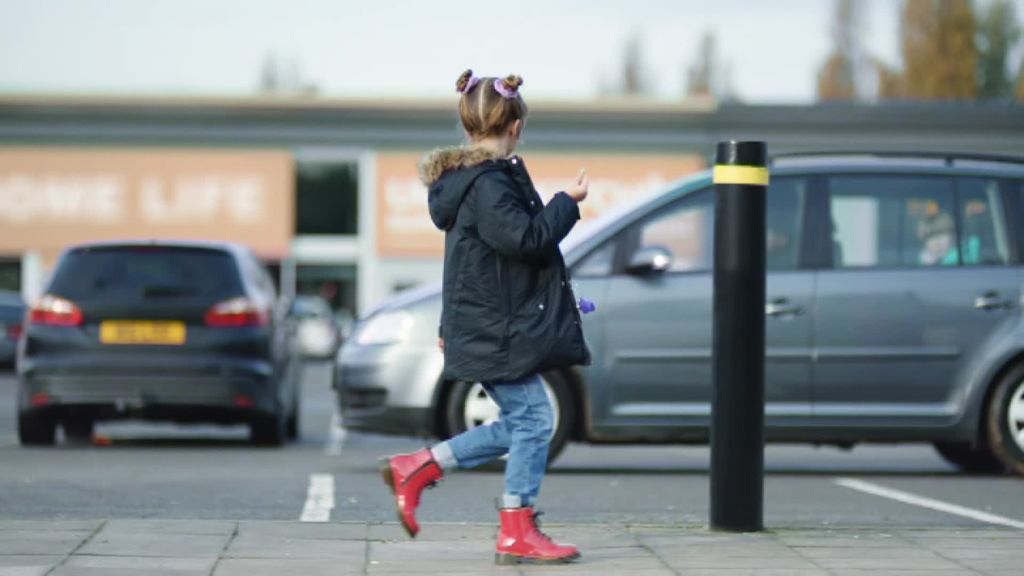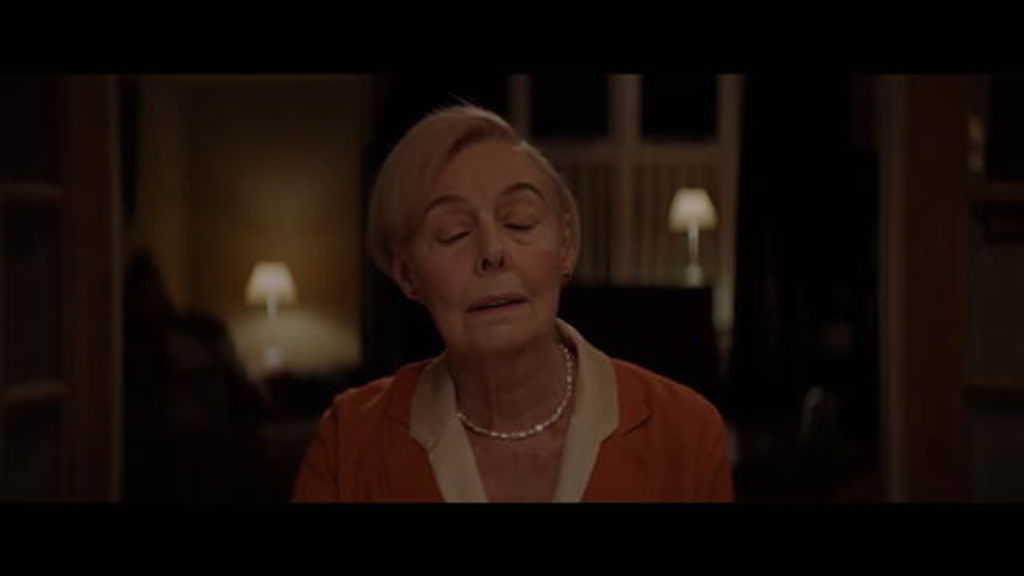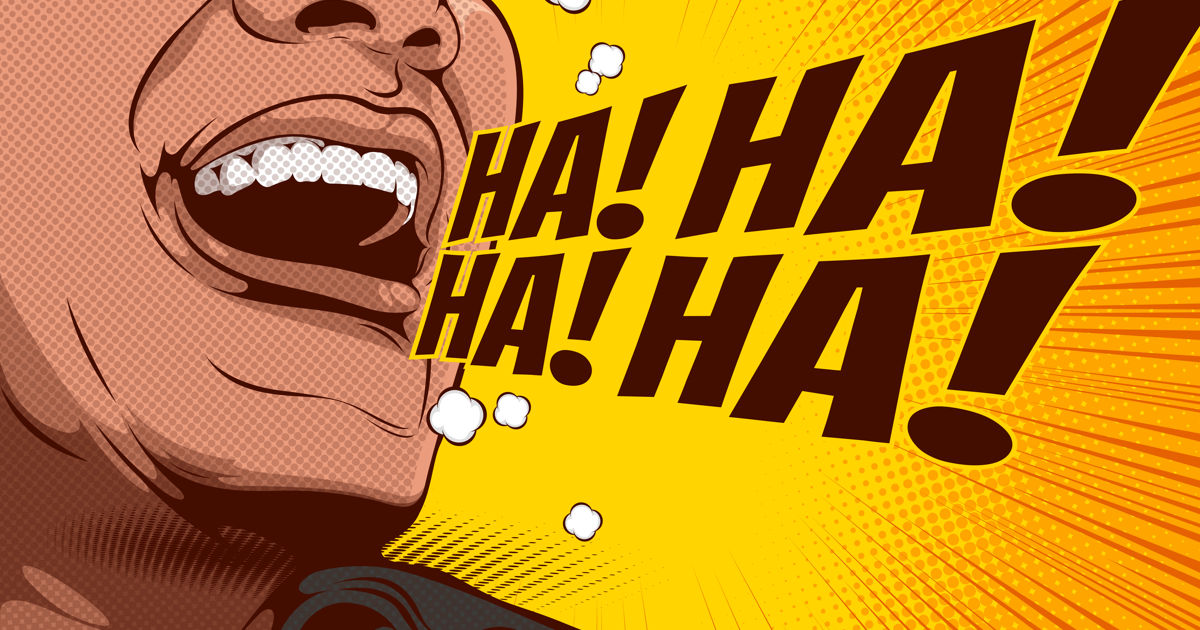No laughing matter; why brands should embrace humour in tricky times
With so many things to take seriously, Matt Hopkinson, Head of Creative at INITIALS CX, says that advertising need not be one of them. So, he asks the industry; why so serious?
To say 2022 has been sombre is an understatement. War breaking out in Europe, the passing of Queen Elizabeth II and a lurking cost of living crisis. It’s enough to make you crawl back to bed - and to make brands want to play it safe.
Yet, there’s good reason for marketers to take a different tack. At a time when bad news dominates and prices across the board are on the rise, now is the perfect opportunity for brands to embrace escapism. And that can begin with humour, a key weapon in the creative armoury. In recent times I’ve found my mind wondering to the late Heath Ledger’s iconic line in The Dark Knight; “Why so serious?”. Creativity with a comedic edge can help brands buck the downward trend and lift our spirits at the same time.
At a time when bad news dominates and prices across the board are on the rise, now is the perfect opportunity for brands to embrace escapism.
According to Kantar’s AdReaction study, humour is one of the most creatively effective tools there is. But the same document also indicates that, during the past decade, the use of humour has been in steady decline. In fact, only 33% of brands studied embraced humour across platforms during this time. There is lots more evidence where that came from. A recent report also found that 90% of people are more likely to remember ads that are funny, and 72% of people would choose a humorous brand over the competition. Despite this, only 20% of brands report using humour in offline and 18% report using the tactic in online ads.

Above: Brands need to heed The Joker's advice from The Dark Knight.
So, why is the art of hitting the funny bone and tickling the ribs frowned upon or, at least, not embraced more fully? A major reason is the perceived need to avoid upsetting sections of society, fuelled by polarisation of attitudes on social media. It’s far easier for brands to be vanilla and avoid backlash. That’s perfectly understandable. However, I believe there are ways to utilise the power of humour while avoiding falling victim to this abyss of extremes.
Raise a smile
Brands - particularly those which choose moving image or audio as a narrative tool - can encourage engagement by offering UK consumers a much-needed moment of escapism, even if it’s as fleeting as a six-second clip. Taking a step back from the bad news, it’s still possible to deliver a brand message or value offer with a fleeting moment of levity. A great, funny ad can prompt little reflections on reality that make us smirk, belly laugh or simply turn to each other and say, “You know who does that…”.
Why is the art of hitting the funny bone and tickling the ribs frowned upon or, at least, not embraced more fully?
But, in serious times, brands that want to be witty must go about it in the right way. Even humour needs a structure. Here are three thoughts from lessons learned. First the creative pitch. It’s understandable that brands won’t always just take the leap, they need assurances. Bravery plays a key role in creative success - fortune favours the brave, after all. However, make sure the type of humour you’re proposing truly aligns with the brand and is not determined by creative vanity.
Second, audience insight. Strategic stress-testing must be built in. Calling on customer data and the insights that can be taken from it, you can make choices based on measured risk and tap into emotions that engage people - rather than offend them. Third, media strategy. Consider how the execution will be rolled out. Embrace a multi-platform distribution, using tools such as Google Director Mix, to ensure the experience is served to the right people at the right time.
Targeting the groups who you’ve identified will 'get' your narrative will also cut the chance of the joke falling flat and prompting a negative response. As we all know, that can go viral as fast as a funny gag.
Above: Campaigns from NatWest and Laithwaite's have embraced the lighter side of life.
Brands aren’t free, but laughter is
Humour works for everyone. Very few people never laugh, even if it’s just a self-deprecating titter at the terrible situation. Brands, therefore, need to shift gear, too. There have been some great examples of humour being used to good effect. I’m thinking of the Laithwaite’s ad where the dinner party host pretends to descend to their wine cellar - the ultimate dad joke; or the NatWest spot that saw a girl bossing life with the pound from the trolley - a behaviour we can all relate to.
These are lighthearted, creative pieces embracing a different type of humour to resonate with their audience. For our part, we recently tackled a brief for Galbani, turning it into one of Lactalis’s most successful creative communications to date. The challenge was that the product was known for its taste, whilst awareness of the brand name was low.
It’s time more brands embraced the lighter side of life, to provide much needed escapism and put their products back in people’s minds, hearts and baskets.
To get ourselves on people’s radar we embraced the power of puerility. This involved capitalising on common mispronunciations of European dishes. When teamed with slice-of-life programme Come Dine With Me, we had a recipe for success. Channel 4 saw the idents perform way above average, and Galbani saw an unprecedented 85% brand recall, along with a 186% increase in spontaneous purchase consideration.
Turns out Mike Wazowski of Monsters Inc. was right when he said, “Laughter is ten times more powerful than a scream.” Not only that - laughter is free. It’s time more brands embraced the lighter side of life, to provide much needed escapism and put their products back in people’s minds, hearts and baskets.
)









